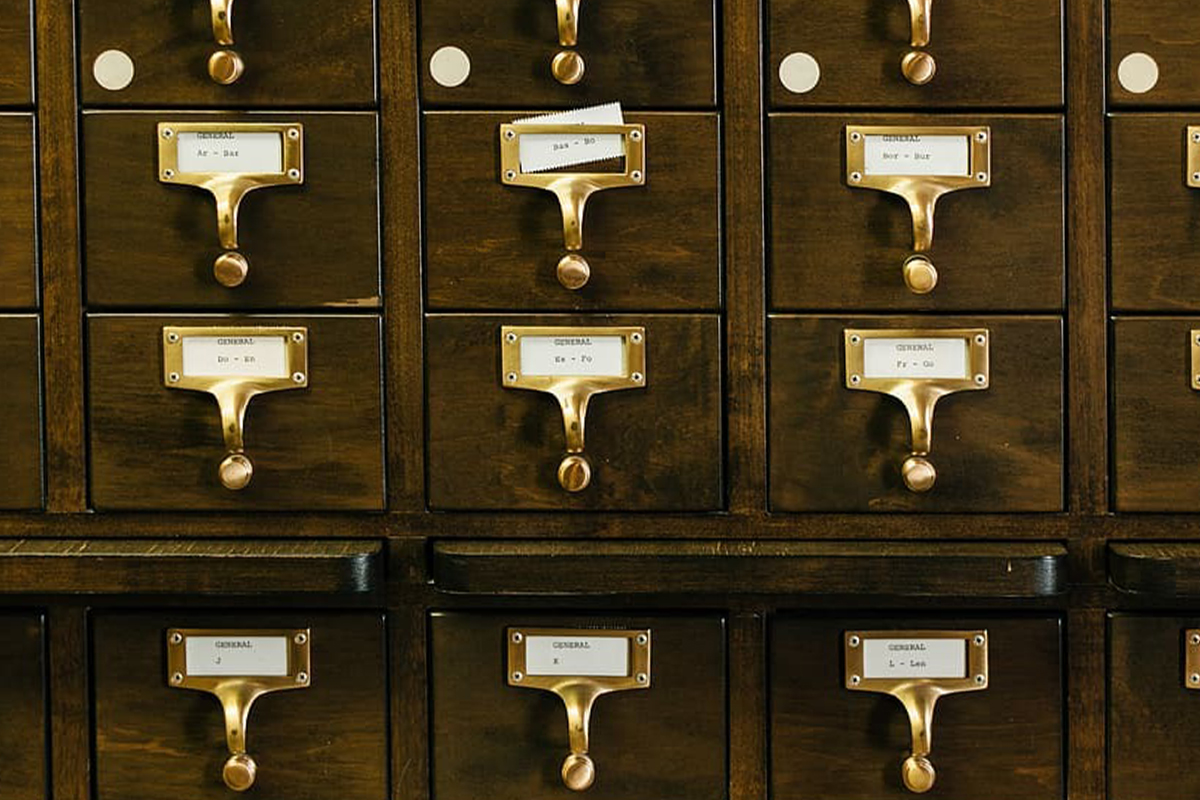Good compromise between sober aesthetic and practicality of keeping in order objects, documents, or photographic prints, vintage filing cabinets go beyond the boundaries of "factory-like" lofts and open spaces, and they adapt to the most classic interiors. And, given that simplicity and flexibility are more than ever demanded of interior design, filing cabinets with wheels have become highly sought after.
The filing cabinet boom dates back to the 1950s in America when office work became massive, but the rationalist architects of the early 20th century were already well aware of this type of furniture, which they used to respond to the needs of practicality, efficiency, and solidity required by the workplace. The Larking Building in Buffalo, for example, the American soap manufacturer whose holding was designed in 1903 by Frank Lloyd Wright, could be defined as the archetype of the modern office, showing working spaces divided by metal filing cabinets.

The Italian industry began producing the first filing cabinets at the dawn of the 30s. Inspired by the office furniture discovered during a trip to the United States, in 1931 the chief of typewriters manufacturer Olivetti, Adriano Olivetti, entrusted engineer Aldo Magnelli with the design of a practical metal filing cabinet: thus Synthesis was born, the iconic filing cabinet that gave its name to Olivetti Synthesis, a company that Olivetti founded in Massa Carrara in 1939, which was active until the 90s.
Originally specialized in the production of office filing cabinets, the brand has established over the years collaborations with the great names of made in Italy design such as Ettore Sottsass, and has gradually added to its repertoire a wider range of modular furniture designed for open space offices, such as the famous Spazio series of bookcases and desks, made of stamped sheet metal and designed by the BBPR studio (winner of the Compasso D'oro prize in 1962).






.png)





